My server returns this kind of header: Content-Range:0-10/0:

I tried to read this header in angular with no luck:
var promise = $http.get(url, {
params: query
}).then(function(response) {
console.log(response.headers());
return response.data;
});
which just prints
Object {content-type: "application/json; charset=utf-8"}
Any ideas how to access the content range header?

